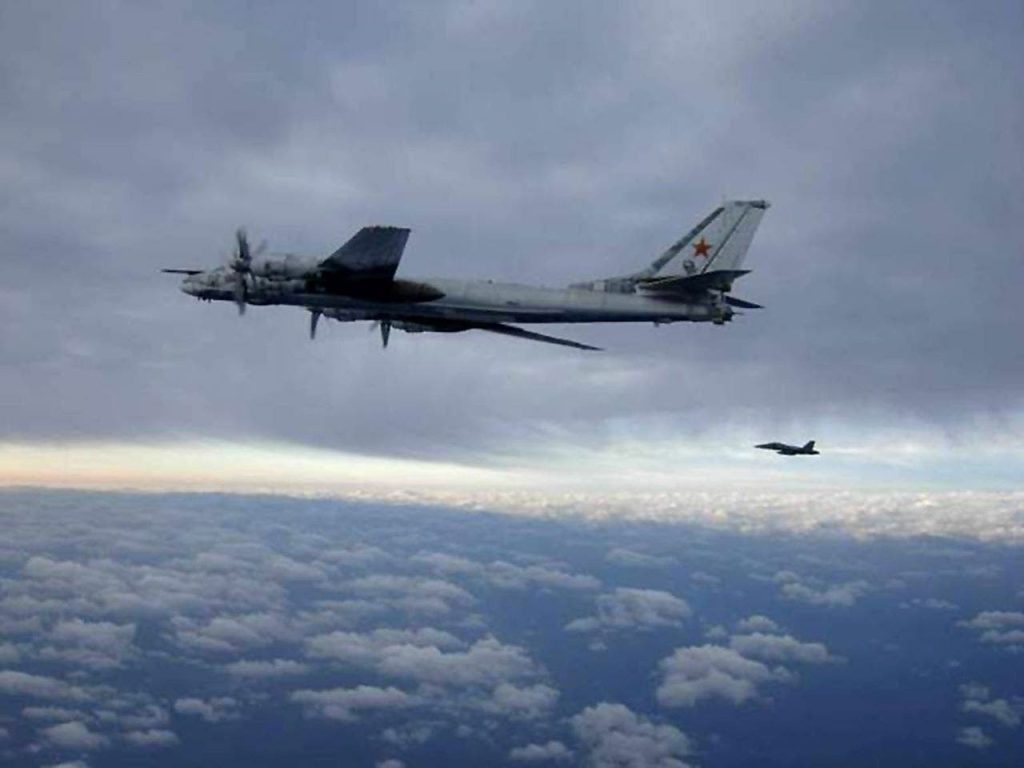NORAD detected four Russian aircraft off the coast of Alaska in international airspace, but they did not enter U.S. airspace. The Russian aircraft were operating in the Alaska Air Defense Identification Zone, which is considered international airspace. This type of activity from Russian aircraft in the Alaska ADIZ is not uncommon and is not seen as a threat to American or Canadian sovereign airspace. An ADIZ is an area where sovereign airspace ends and requires the identification of all aircraft for national security purposes. NORAD has a layered defense system in place, including satellites, radar, and fighter jets, to detect and track aircraft in such situations.
In addition to the recent detection of Russian aircraft off the coast of Alaska, the Russian government released a video claiming to show a strategic Russian bomber flying near Alaska. This is not the first time Russian aircraft have been detected in the Alaska ADIZ, with similar incidents occurring in February and August of previous years. The increased presence of Russian military aircraft near Alaska comes after the U.S. passed a comprehensive aid package that included military funding to Ukraine in response to Russia’s invasion in 2022. The tensions between the U.S. and Russia have escalated in recent years, with both countries engaging in military exercises near each other’s borders.
The presence of Russian aircraft near Alaska highlights the ongoing geopolitical tensions between the U.S. and Russia. While the Russian aircraft did not enter U.S. airspace, their presence in the Alaska ADIZ raises concerns about national security and the potential for escalation. NORAD has a robust defense system in place to monitor and respond to such situations, utilizing satellites, radar, and fighter jets to track and identify aircraft in international airspace. The Russian government’s release of a video showing a strategic bomber near Alaska further adds to the heightened tensions between the two countries.
The regular occurrence of Russian aircraft in the Alaska ADIZ underscores the importance of maintaining a strong defense posture in the region. The U.S. and Russia have a history of military tensions and the recent events near Alaska serve as a reminder of the need for vigilance and preparedness. The U.S. passing military funding to Ukraine in response to Russia’s invasion reflects a broader strategy to counter Russian aggression and support allies in the region. The ongoing presence of Russian military aircraft near Alaska will continue to be monitored closely by NORAD and other defense agencies to ensure the safety and security of U.S. airspace and borders.
The detection of Russian aircraft off the coast of Alaska is part of a larger pattern of Russian military activity in the region. The U.S. and Russia have been engaged in a series of military exercises near each other’s borders, raising concerns about the potential for conflict. The U.S. response to Russia’s invasion of Ukraine with military aid reflects a broader strategy to deter Russian aggression and support allies in the region. The presence of Russian aircraft near Alaska underscores the ongoing tensions between the two countries and the importance of maintaining a strong defense posture in the region. NORAD’s detection and monitoring of Russian aircraft in the Alaska ADIZ demonstrates the commitment to national security and the protection of U.S. airspace.


